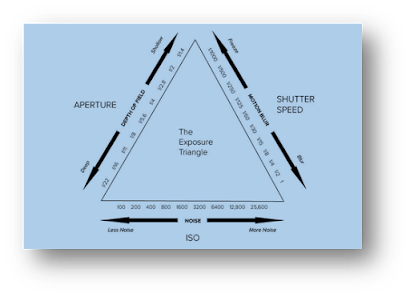Mastering the Art of Exposure: A Comprehensive Guide to Underwater Exposure Mastery

Introduction: Beneath the ocean's surface lies a mesmerizing world waiting to be captured through the lens of an underwater photographer. The journey from a casual photographer to a skilled artist involves not only capturing the essence of underwater scenes but also mastering the intricacies of exposure. In this in-depth exploration, I will dissect the concept of exposure, delve into the nuances of the Exposure Triangle, and provide a hands-on understanding of how each element within the triangle can significantly impact the final brilliance of your underwater photographs. Unveiling the Essence of Exposure: Exposure is the heartbeat of photography, dictating how light interacts with the camera sensor to produce an image. Achieving the perfect exposure entails a delicate equilibrium between three fundamental elements: aperture, shutter speed, and ISO. This guide will unravel the secrets behind each of these components, empowering underwater photographers to unleash the full potentia...